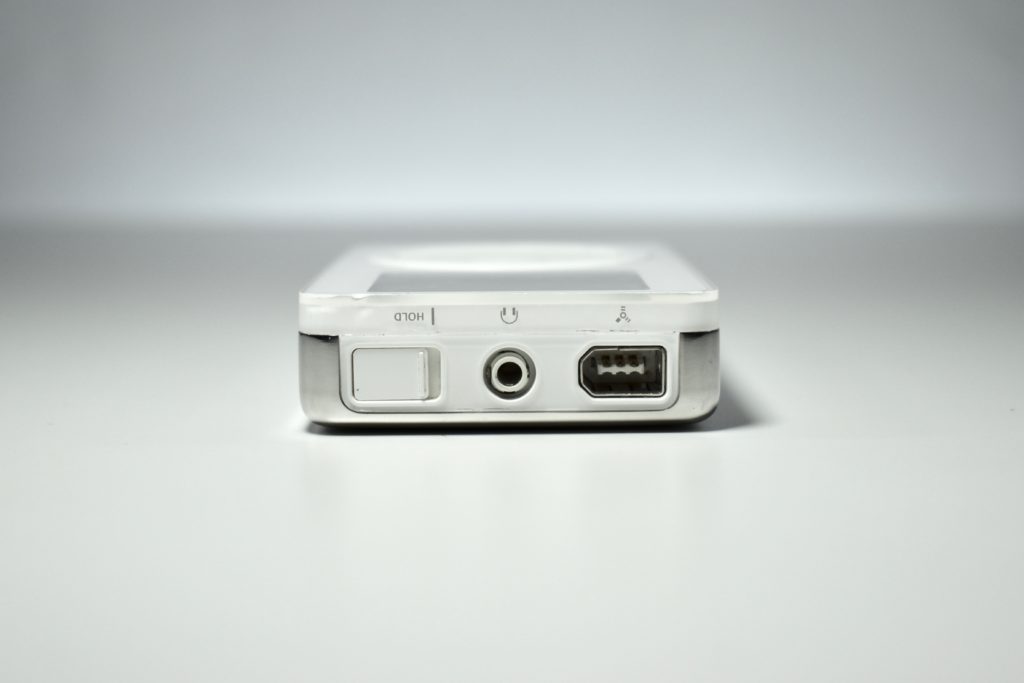While Apple was not the first to offer an MP3 player, they often get the credit for making the product get accepted into the mainstream with its groundbreaking design, features, and perhaps more importantly, the iTunes software experience that would eventually add the iTunes Store and completely change the course of the music industry.
The iPod was about the size of a deck of playing cards, white on the front, and polished stainless steel on the back. The look that quickly became iconic. The front of the original iPod used a rotating scroll wheel surrounded by four physical buttons—menu, forward, back, and play/pause—with an unmarked select button at the center. The design introduced a brand new operating system that allowed easy navigation to songs and playlists and could be controlled with one hand.
The original iPod required a Mac with iTunes. The iTunes software on the Mac provided the organization for the music and playlists and the iPod allowed your music to be portable. It featured a 5 GB hard drive to store 1,000 songs, a 60-mW amplifier, a FireWire port, and a standard 3.5-mm headphone jack, and a 2-inch black and white backlit LCD display. The battery lasted 10 hours. A 10 GB option was available after March 21, 2002, increasing the storage to 2,000 songs.
Source: EveryMac.com






















